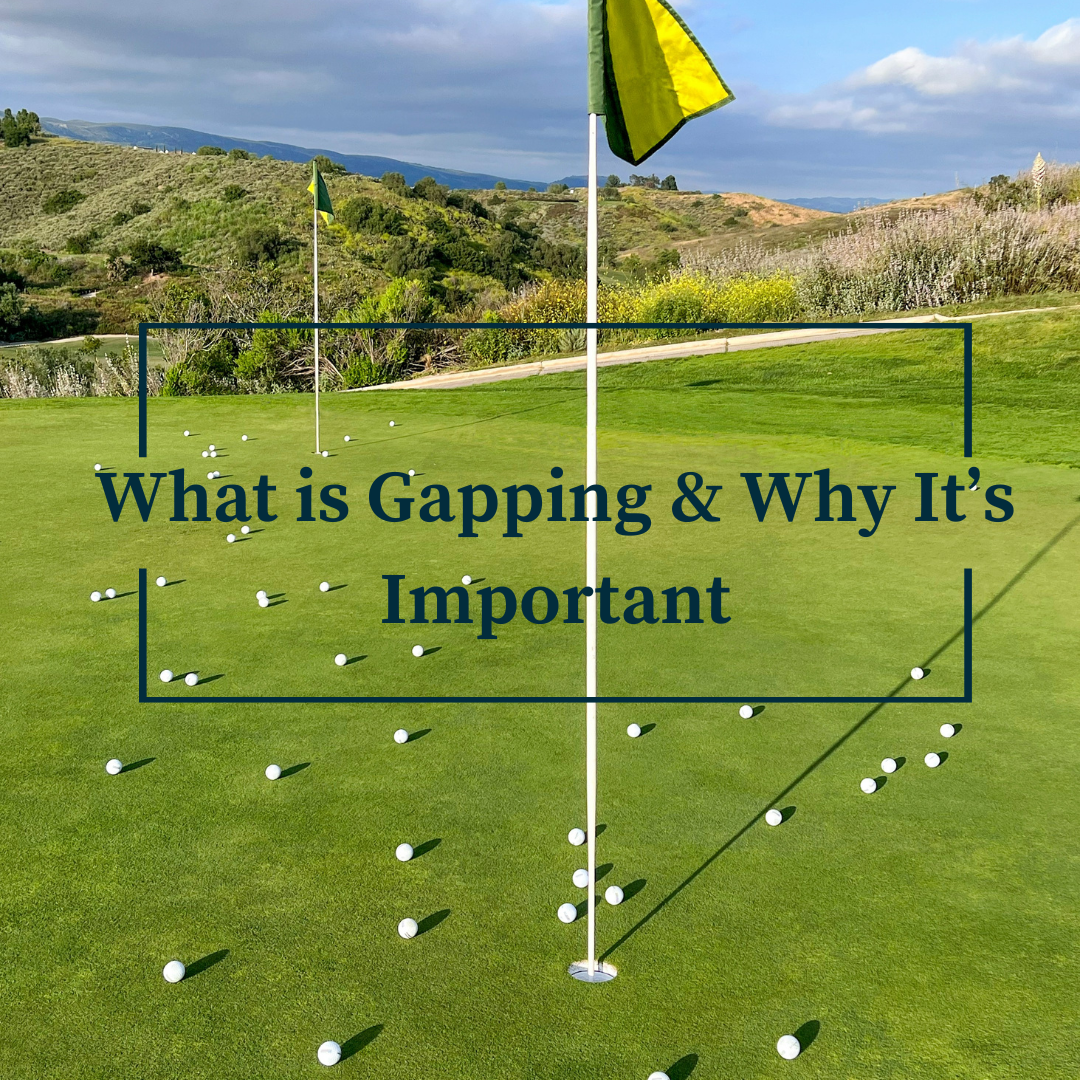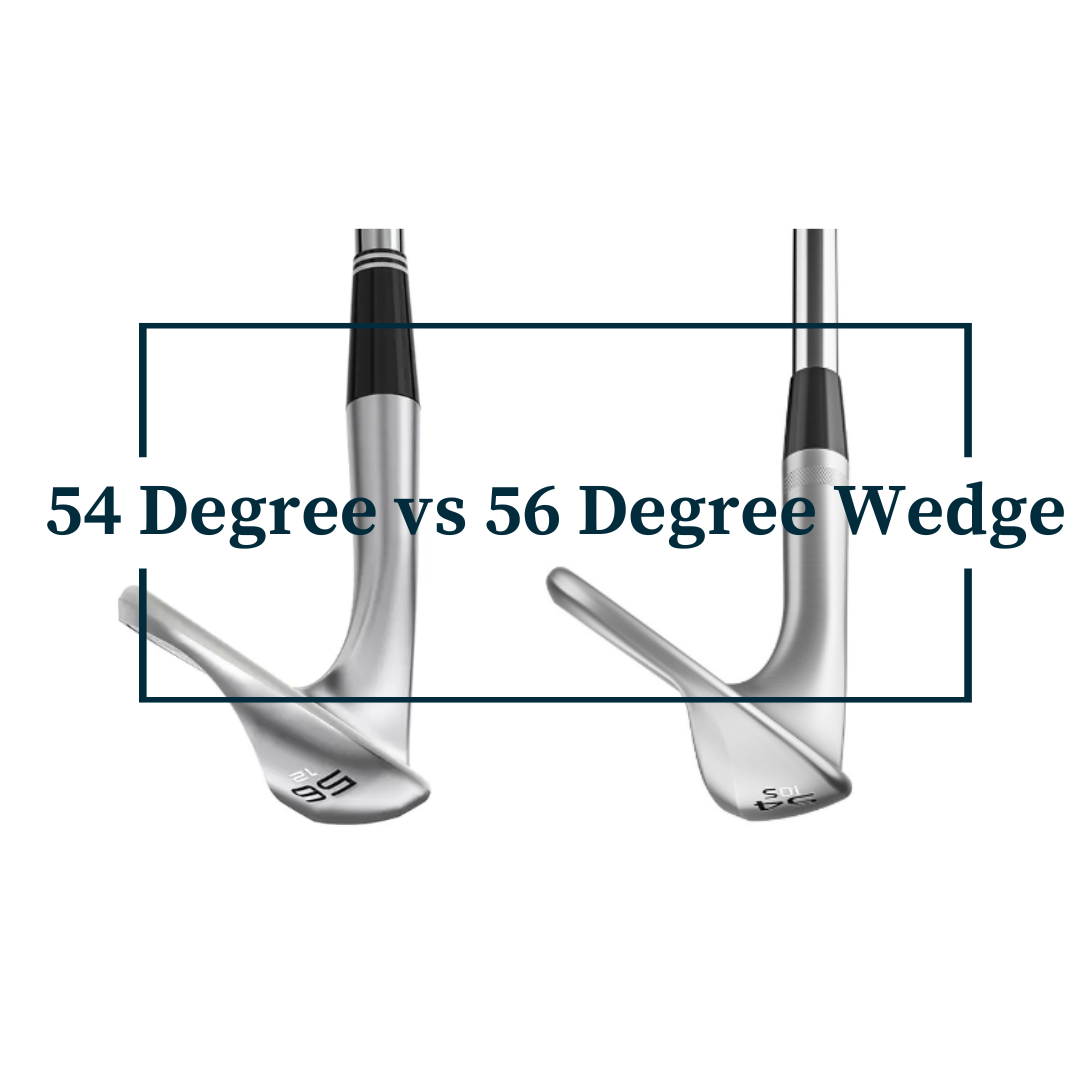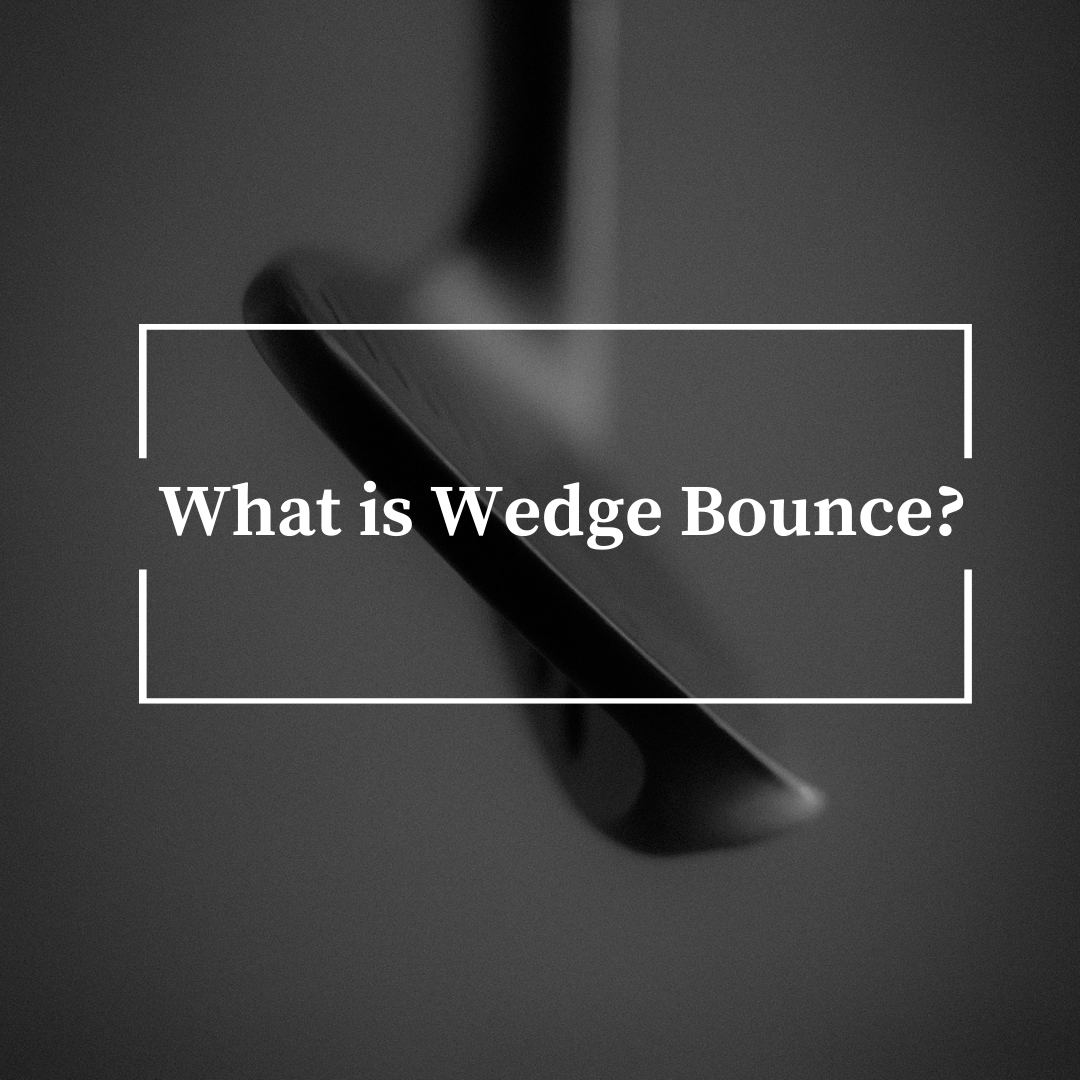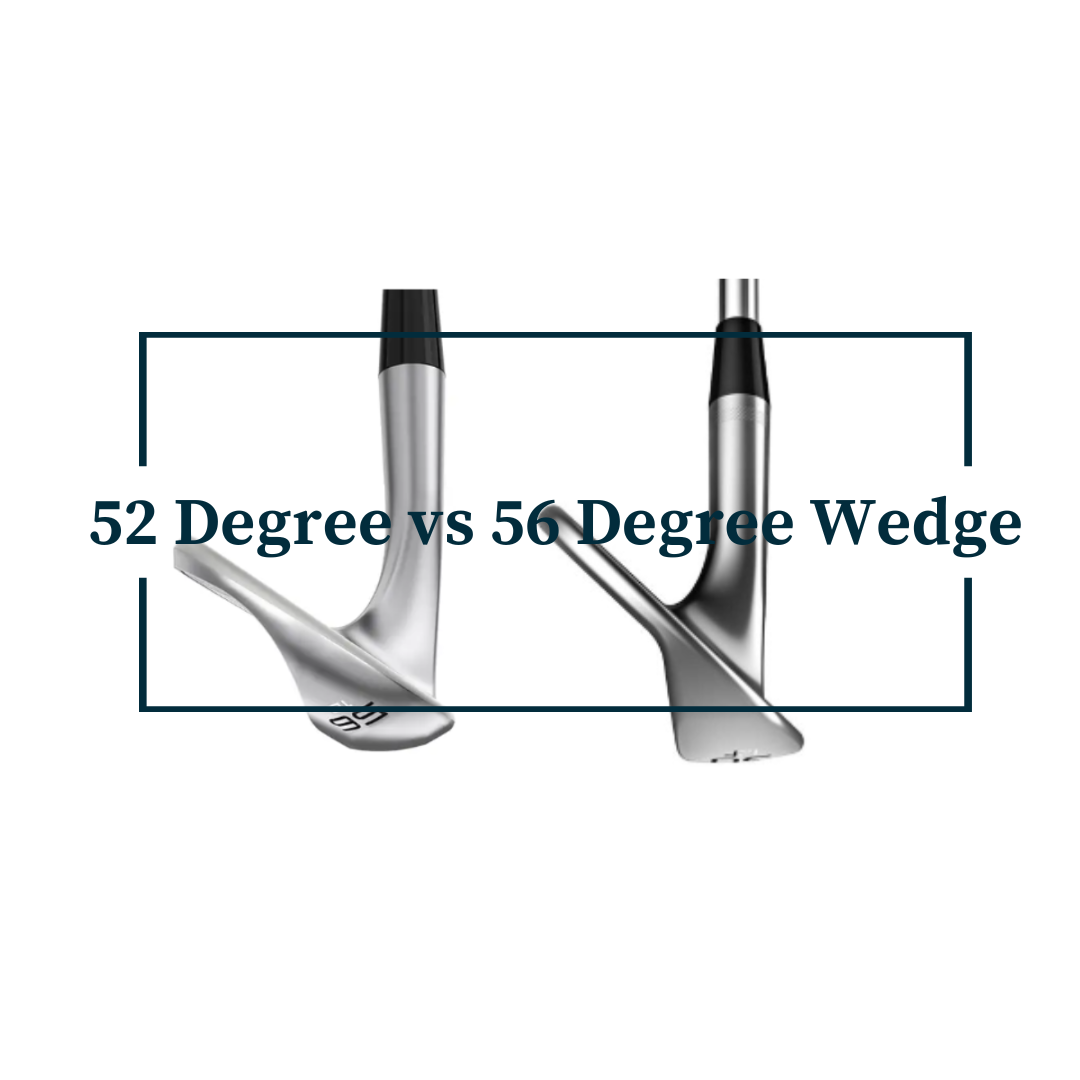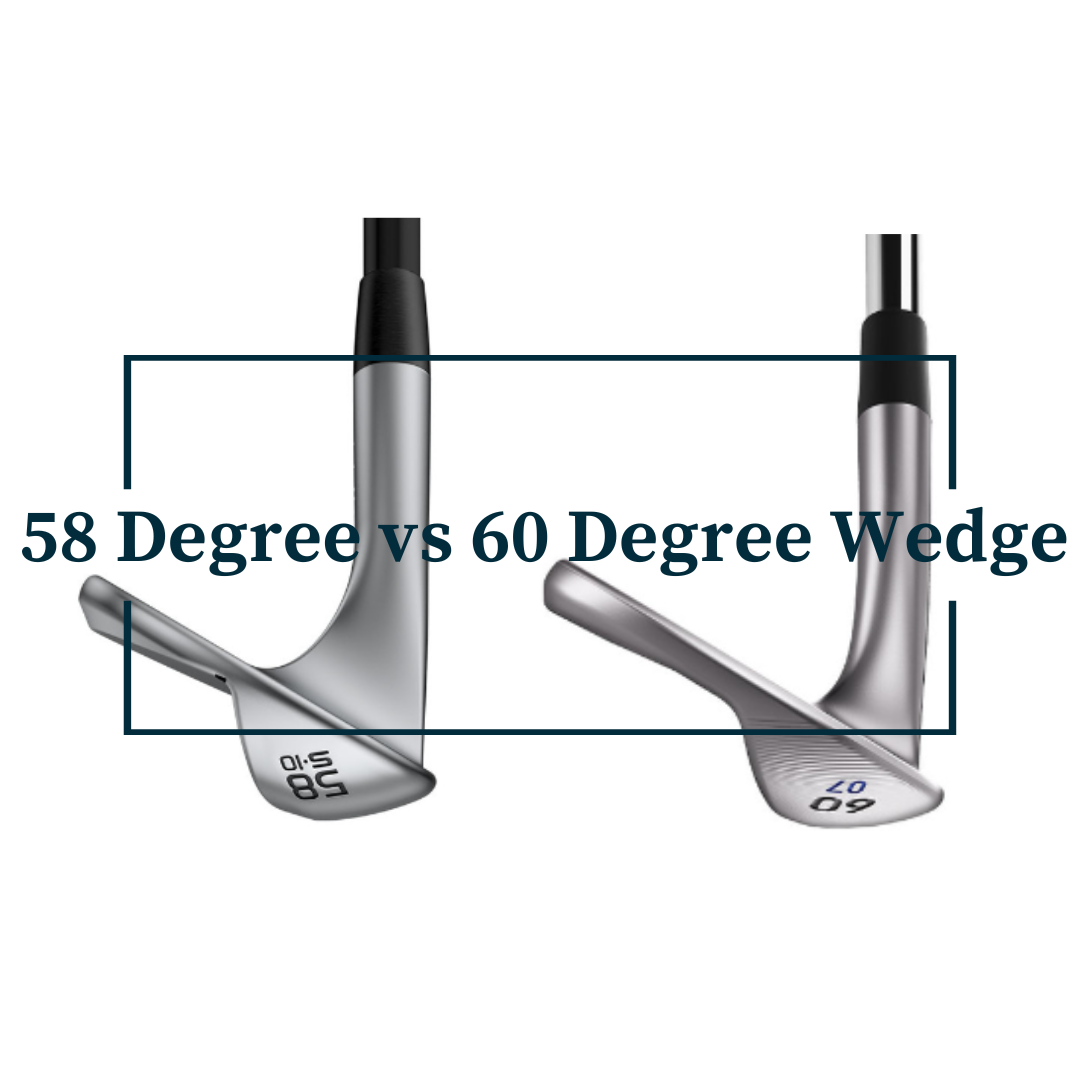The 54 degree and 56 degree wedges are sand wedges. So there is a decision to make on which one to choose for your game.
The typical sand wedge loft is 56 degrees, so if I had to choose, I would choose a 56 degree wedge. This choice would the same for the average golfer.
But, this choice does not suit all golfers as your sand wedge selection cannot be made in isolation. It needs to consider your other wedges in the bag.
In this article, I will provide key information on which wedge is best for which situations. So you can decide which sand wedge to have in your bag.
When to Use a 54 Degree Wedge?
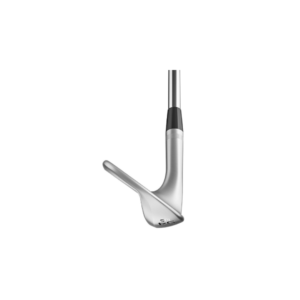
The 54 degree wedge can be used for a variety of shots, which include:
- Greenside Bunker Shots: one of the main purposes of the wedge is to hit out of the sand.
- Approach Shots: from 80-100 yards from the green.
- Chip Shots: around the green. This wedge is ideal for chipping around the greens, with its loft and wedge bounce.
- Partial pitch shots: 30-50 yards from the green.
The 54 degree wouldn’t be the typical choice for most golfers as their sand wedge. But, it depends on the other wedges in your bag to ensure the gapping is correct.
For example, if you have a 46 degree pitching wedge and a 50 degree gap wedge. Then a 54 degree sand wedge would be ideal to compliment your bag.
For beginners, I would suggest there is no need to have a 54 degree wedge in your bag and stick with a 56 degree wedge.
When to Use a 56 Degree Wedge?

The 56 degree wedge uses are very similar to the 54 degree, the only slight differences are:
- Chip Shots: around the green. The 56 degree is not as effective as the 54 degree with the extra loft and bounce, there is greater room for error.
- Rough/Thicker Grass: On the flip side, with the extra loft and bounce of the 56. It will cut through the rough better, making better contact with the ball.
Should You Use a 54 Degree or 56 Degree Wedge?
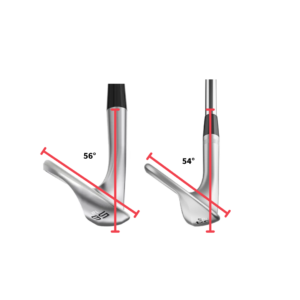
When it comes to choosing between these wedges, it is a touch decision. Both wedges have their benefits and drawbacks to suit a golfer’s individuals needs. Let’s have a look at a few factors to help you decide.
Wedge Gapping
The most important of all the factors is getting your wedge gapping correct. What is meant by gapping is the yardage number between the distance you hit each wedge.
This yardage number is going to be determined by the loft of each wedge. As Vokey recommends, there should be a 4-6 degree loft gap between each wedge, which equates to a 10-15 yard gap.
On top of this you need to consider you have a 14 club limit, so typically an average golfer should have 2-3 wedges in their bag:
- Pitching Wedge: 44-48 degrees
- Sand Wedge: 54-56 degrees
- Gap Wedge: 49-52 degrees
- Lob Wedge: 58-62 degrees
The way to work out what wedges you need is work off your pitching wedge. Let us take an example that you have a 46-degree pitching wedge:
- Pitching Wedge: 46-Degree
- Gap Wedge: 52-Degree
- Sand Wedge: 56-Degree
In this example there is no need for a 54 degree wedge as you have the appropriate gapping. So remember to determine which sand wedge is right for you, start from your pitching wedge loft.
Distance
54 Degree
On average, most golfers hit a 54 degree wedge anywhere from 80-100 yards with a full swing. But with all wedges, you would not typically be taking a full swing. It is recommended to be hitting your wedges with a 1/2 to 3/4 swing for better accuracy and control.
56 Degree
On average, most golfers hit a 56 degree wedge anywhere from 70-95 yards with a full swing. Like a 54, it is recommended to be hitting your wedges with a 1/2 to 3/4 swing for better accuracy and control.
Skill Level
54 Degree
The 54 degree better suits mid to low handicappers. It provides more precision and accuracy than a 56 around the greens. To extract this extra performance around the greens with a 54, you need to have a the skillset that the beginner would not have yet.
Also if you are not a consistent ball striker, then the 54 may not get the loft you need for it’s purpose. For example, out of greenside bunkers or on approach shots. The 56 will provide the greater loft for the inconsistent ball striker.
56 Degree
If you’re a high handicapper, you’ll want to start with a 56 degree wedge. This wedge is more versatile, forgiving and is easier to hit than a 54.
For example, with the higher loft and bounce of the 56. It will be easier to hit out of greenside bunkers and less room for error when hitting approach shots. As the wider sole will prevent digging into the turf and allows for smoother contact with the ball.
As you become more skilled and based on your wedge gapping you may not need a 56 degree anymore and opt for a 54 degree for your sand wedge.
The Verdict
So, which wedge if better for you, the 54 or 56 degree wedge?
The 56 degree wedge is better for the high handicapper, as it provides more forgiveness, versatiliy and is easier to hit.
As the golfer becomes more skilled, then the consideration of their wedge setup is needed and the loft required for your sand wedge may differ.
For the mid to low handicappers, the choice it based off their wedge gapping to ensure they have the correct wedges in their bag.
Other Related Articles:
- 58 Degree vs 60 Degree Wedge
- 52 Degree vs 56 Degree Wedge
- Wedge Bounce: Why Every Golfer Needs to Understand
Frequently Asked Questions
How does the distance typically vary between a 54 degree wedge and a 56 degree wedge?
The distance you can hit a ball with a 54 degree wedge versus a 56 degree wedge can vary depending on your swing and the specific club you’re using. However, in general, a 54 degree wedge will hit the ball farther than a 56 degree wedge because it has less loft. This means that a shot hit with a 54 degree wedge will have a flatter trajectory and will roll out more once it lands on the green.
What scenarios might a golfer prefer a 54 degree wedge over a 56 degree wedge?
A golfer might prefer a 54 degree wedge over a 56 degree wedge in situations where they need to hit a longer approach shot or where they want the ball to roll out more once it lands on the green. For example, if you’re hitting a shot from the fairway and you need the ball to carry a bunker before landing on the green, a 54 degree wedge would be a good choice.
What are the pros and cons of using a 54 degree wedge for chipping?
The main advantage of using a 54 degree wedge for chipping is that it can help you hit the ball lower and with less spin, which can be useful for shots where you want the ball to roll out more once it lands on the green. However, the downside of using a 54 degree wedge for chipping is that it can be more difficult to control the distance of your shots, especially if you’re not used to using the club for chipping. Additionally, a 54 degree wedge may not be ideal for shots where you need to hit the ball high and stop it quickly on the green.

